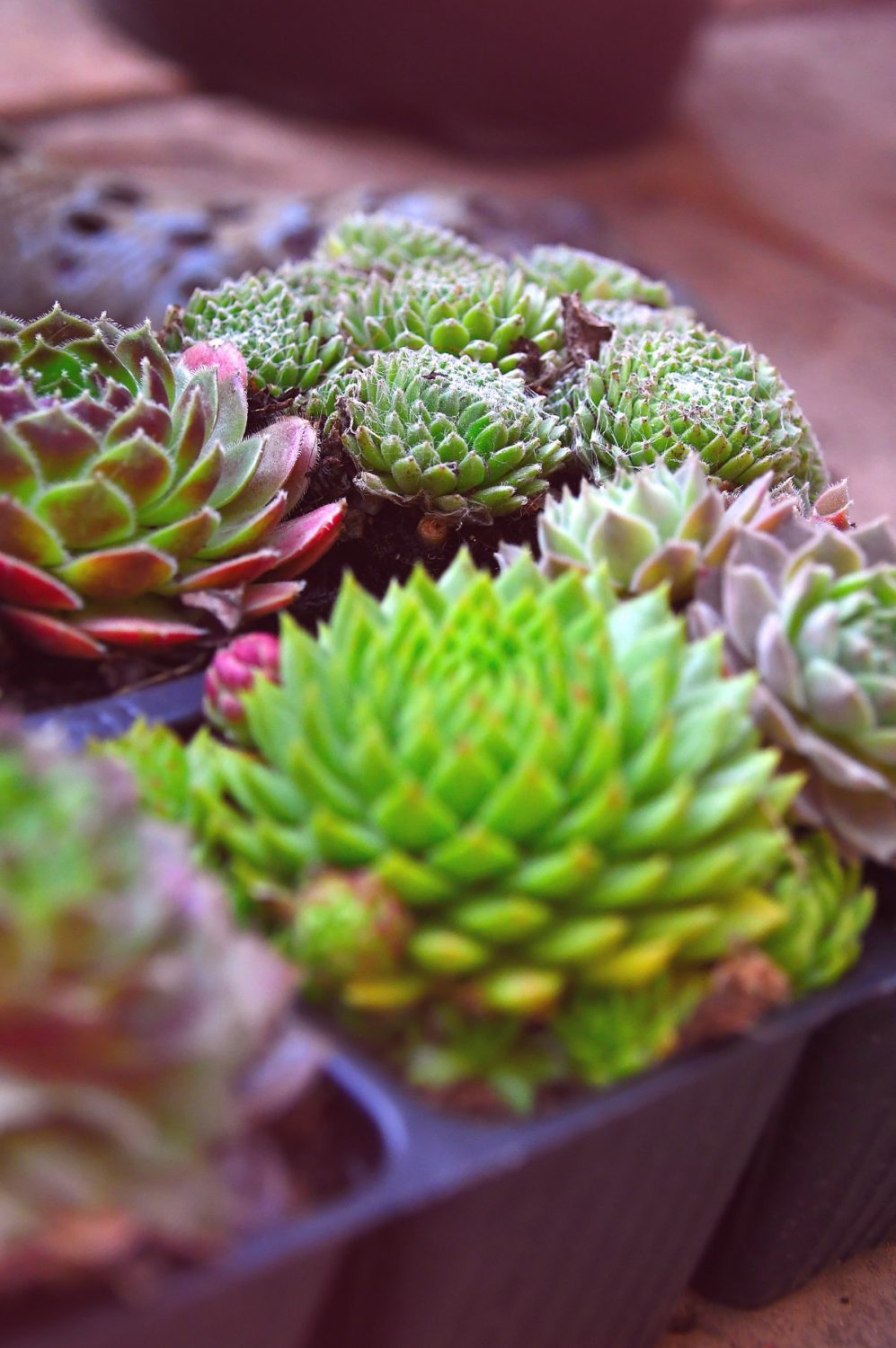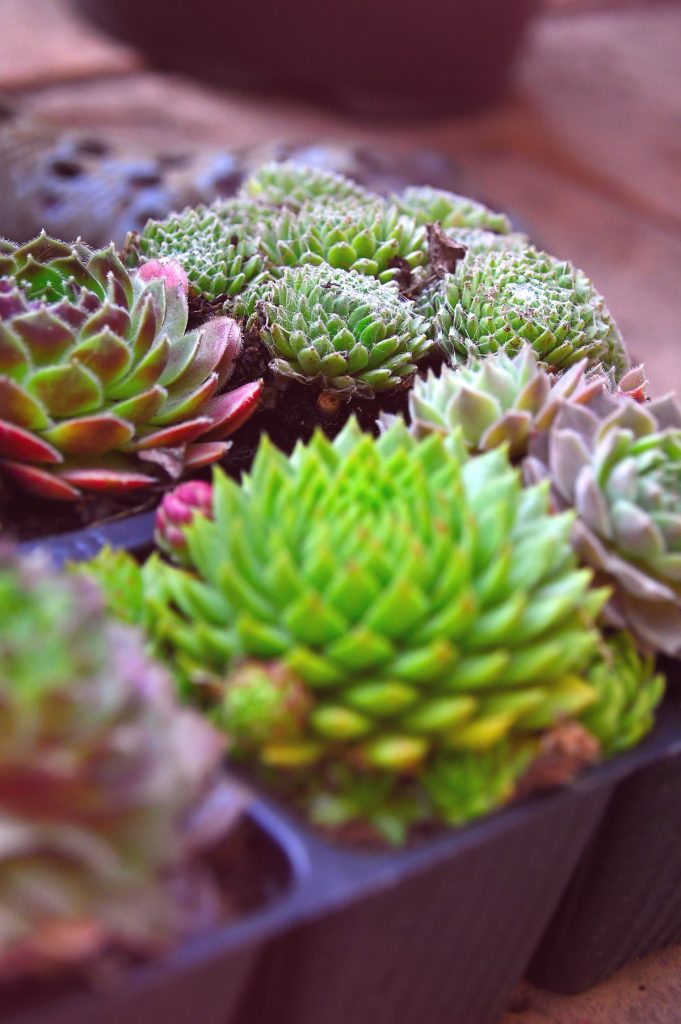
If you’re like most people, you probably think of cacti when you hear the word “succulent.” However, succulent plants come in all shapes and sizes, and there is much more to them than just prickly plants that thrive in the desert. In this blog post, we will discuss everything you need to know about succulent plants. We’ll cover what they are, how to care for them, and some interesting facts about these fascinating plants!
Succulent plants are a type of plant that has thick, fleshy leaves or stems. This type of plant is adapted to living in dry environments, as the thick leaves and stems help to store water. Succulent plants come in all sorts of shapes and sizes, from small, delicate-looking plants to large, tree-like succulents.
Now that you know a bit more about succulent plants, let’s take a look at some interesting facts about these fascinating plants!
Light

Growing succulent plants benefit from getting a few hours of sun. Put succulents outdoors during morning hours, gradually increasing their exposure to direct sunlight over several days or weeks until they’re used to full sun exposure. You can also place succulents into an area that receives indirect light all day long. This will allow them to adjust more slowly by giving succulent leaves time to react and close up during periods of intense heat or bright light while still receiving adequate water and nutrients.
Treat succulents as houseplants and keep them near a sunny window, at least 6 to 8 hours of sun exposure per day. If your succulents aren’t getting enough sunlight, the leaves will be thin and succulent rosettes will be small.
Water
Keep growing succulent plants evenly moist and fertilize them with a dilute (half-strength) plant food solution, but don’t fertilize succulents that go outdoors until the weather warms up enough for succulent leaves to begin opening again – then stop fertilizing altogether once succulents start storing energy for next year’s succulent growth.
If your succulents are inside, water succulents when they look shriveled or let them dry out. Water succulents until the water trickles through the drainage hole – succulents also absorb moisture through their succulent leaves. Finally, water your succulents sparingly; too much water can lead to root rot.
Soil
Soil is the primary growing medium, choose a well-draining soil and be sure to adjust your soil mixture based on where you plan on growing succulent plants. Succulent soil should drain well and not hold too much moisture. Most soil mixtures for cacti include coarse sand or perlite (or both) as primary ingredients, with composted bark or other organic matter incorporated. If you want to use soil that doesn’t include sand, perlite or bark as an ingredient, make sure you purchase a bagged potting soil designed for cactus and succulents – do not use topsoil from your garden! You can also make your own custom soil mix using materials like: 1/3 soil, 1/3 compost, 1/3 perlite. Succulents require soil that is free of plant food or fertilizers since these will burn your succulent’s roots and ultimately kill the plant.
Succulent Plants
Huernia zebrina, Lifesaver Plant
Most succulents require a lot in order to thrive and that’s where Huernias like this one (Huernia zebrina Lifesaver Plant) come into play. This plant is easy-to-grow and has an unusual beauty when in bloom. The lifesaver plant (Huernia zebrina) is perfect for beginners or experts alike!
Aloe, White Fox
Aloe ‘White Fox’ is a dwarf succulent that displays rosettes of thick green leaves with distinctive white markings that become more prominent in bright light.
